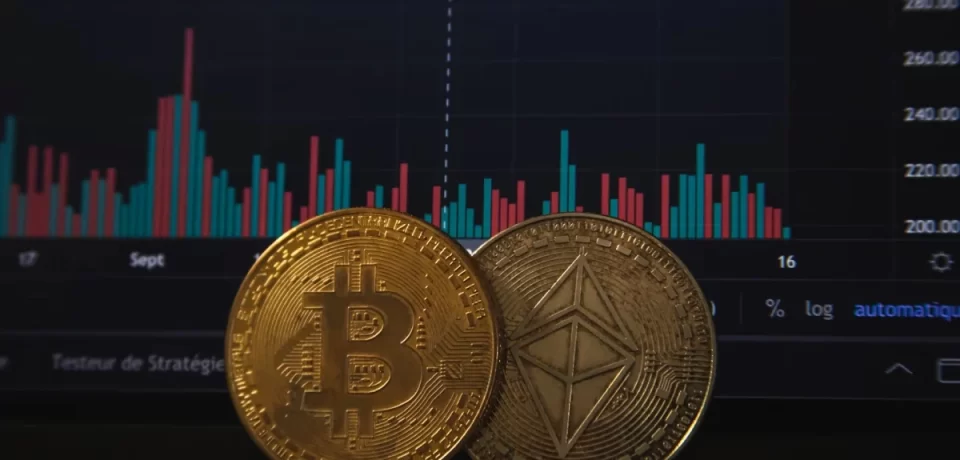Ethereum runs customizable money and apps. It also makes smart contracts possible, which run transactions, ownership, and logic automatically on a safe, shared network. Some operators think of Ethereum as a general-purpose blockchain platform that works best for decentralized apps and tokenized assets in identity, media, and finance.
How It Works Now
- Proof‑of‑stake secures the chain via validators.
- Smart contracts execute deterministic code.
- Gas fees meter computation and storage.
- Rollups bundle many transactions for scale.
Why It Matters
- Automates agreements without intermediaries.
- Hosts tokens, NFTs, and on‑chain identities.
- Powers DeFi, gaming, and creator economies.
- Interoperable standards speed integration.
Costs, Speed, and Scaling
- Fees vary with demand and contract complexity.
- Layer‑2 networks lower costs and increase throughput.
- Data availability upgrades improve rollup performance.
- Users bridge assets between layers as needed.
- Oracles feed contracts with external data.
Security and Risks

- Smart contract bugs can lock or drain funds.
- Phishing, key loss, and fake apps are common risks.
- Audits reduce—but don’t remove—vulnerabilities.
- Permissionless code requires careful testing.
Compliance and Tax Notes
- Rules differ by country and may change.
- Track cost basis, transfers, and fees.
- Some dApps impose geo‑based access controls.
- Review local guidance before large allocations.
Enterprise and Institutional Use
- Tokenize assets for faster settlement cycles.
- Use private or permissioned variants where needed.
- Integrate with custody, KYC, and monitoring tools.
- Standardized APIs streamline back‑office flows.
Portfolio Fit and Strategy
- Treat ETH as a high‑volatility, growth asset.
- Diversify across time with disciplined sizing.
- Separate long‑term holdings from experimental funds.
- Rebalance on a defined schedule.
Signals to Watch
- Layer‑2 adoption and bridge volumes.
- Developer activity, audits, and standards updates.
- Network upgrades and roadmap milestones.
- Regulatory guidance affecting staking and tokens.
Common Misconceptions
- Not free to use; gas costs apply to activity.
- Not only for finance; supports many app types.
- Not risk‑free; contract and market risks remain.
- Not purely anonymous; activity is traceable.
FAQ
- Is Ethereum mined?
- No; it uses proof‑of‑stake validators instead of miners.
- Do I need a lot to start?
- No; ETH is divisible, and small amounts can cover simple actions.
- Are NFTs only for art?
- No; they also represent tickets, credentials, and game items.
- Can fees be predicted?
- Fees fluctuate; many wallets estimate costs before sending.
In product pages, Ethereum may appear as a platform category enabling programmable assets, composable applications, and settlement secured by proof‑of‑stake validators. Smart planning, sound security habits, and gradual experimentation help unlock utility while containing risk.


